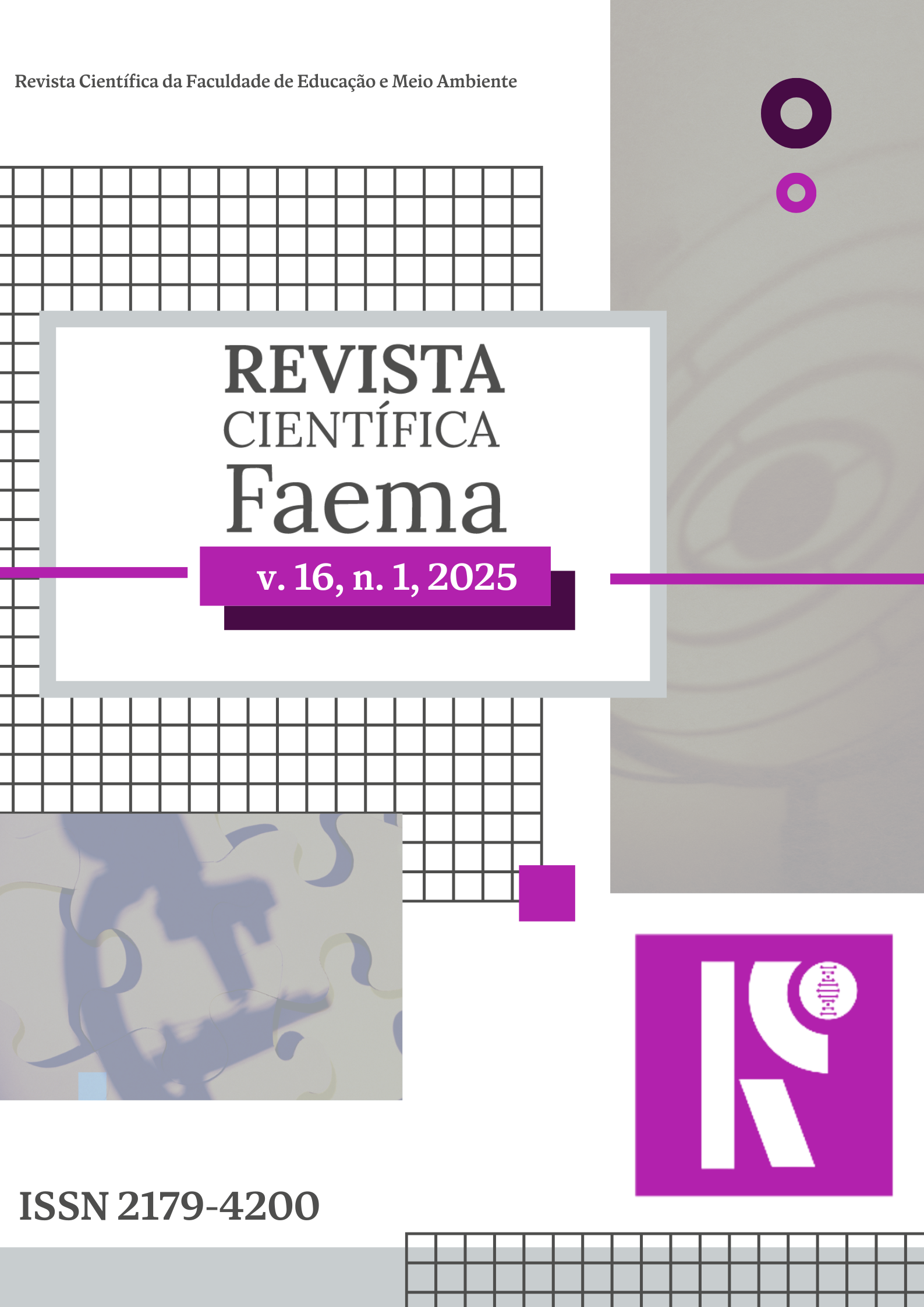TRANSFORMATIONS IN SUGARCANE PRODUCTION IN ALAGOAS: TRENDS AND CHALLENGES FROM 2002 TO 2022
Main Article Content
Abstract
Sugarcane is one of the main agricultural crops in Brazil, with the country being a global reference in the production of this grass. In the Northeast, Alagoas stands out as the leading producer, and the crop has a significant role in the local economy. Given the economic importance of sugarcane for Alagoas, it is essential to understand the annual dynamics of this crop's production. This study aimed to evaluate the productive dynamics of sugarcane in Alagoas from 2002 to 2022. Data from the IBGE Agricultural Municipal Survey (2002-2022) were used to analyze six variables related to the production of this crop. Principal Component Analysis (PCA) was also applied to understand the interrelationships between variables over time. Between 2002 and 2022, there was a contraction in sugarcane production in Alagoas, with reductions in planted area, harvested area, and quantity produced, reaching peaks in 2011 and showing significant declines from 2015 onwards. Productivity and production value also fluctuated, with an increase in the participation of other temporary crops. PCA indicated that the years 2002 to 2014 had better productive metrics, while 2015 to 2022 were marked by poorer performance. Additionally, the analysis revealed that, in the study area, a higher production value is correlated with higher levels of productivity. Therefore, it is crucial to encourage and implement strategies to improve both the production and productivity of sugarcane in the state.


